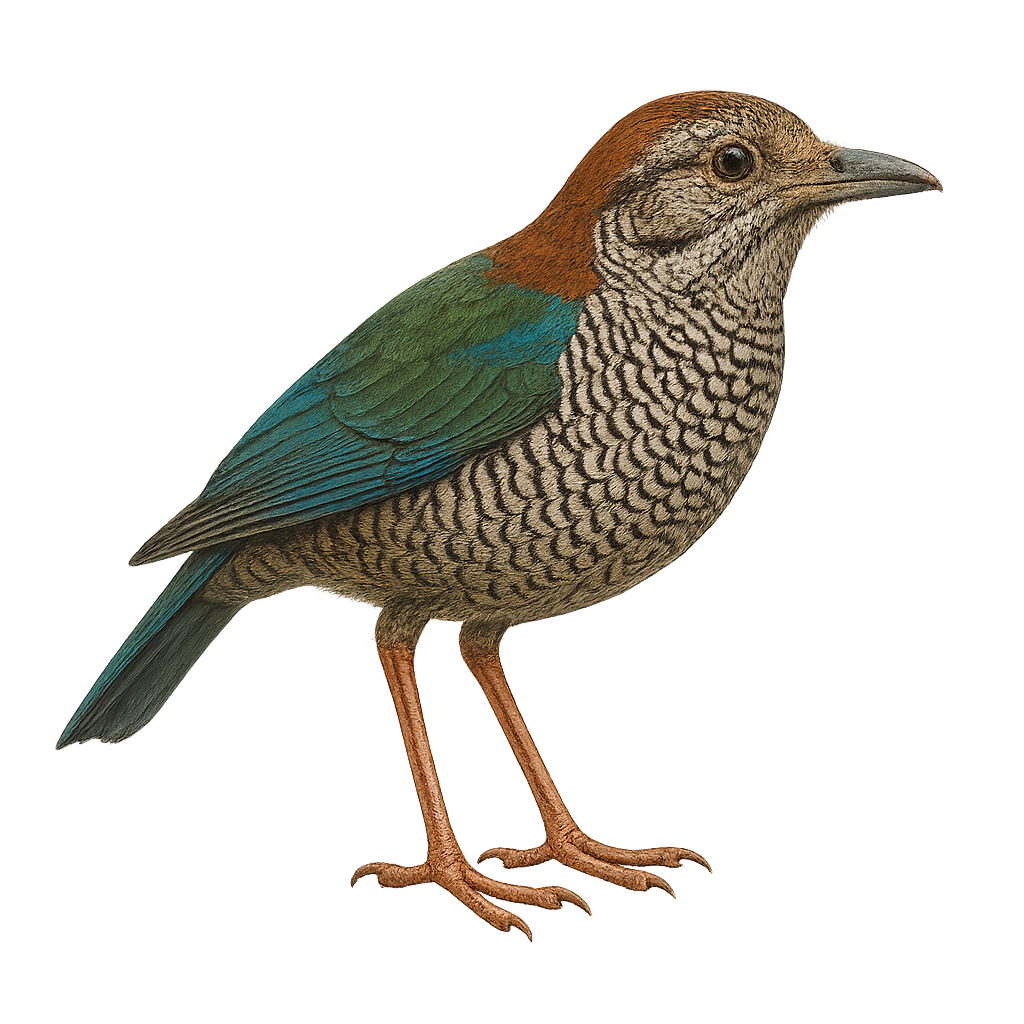Your wildlife photography guide.
Explore the brown mesite in detail, study its behavior, prepare your shots.
Where to observe and photograph the brown mesite in the wild
Learn where and when to spot the brown mesite in the wild, how to identify the species based on distinctive features, and what natural environments it inhabits. The WildlifePhotographer app offers tailored photography tips that reflect the brown mesite’s behavior, helping you capture better wildlife images. Explore the full species profile for key information including description, habitat, active periods, and approach techniques.
Brown Mesite
Scientific name: Geobiastes squamiger

IUCN Status: Vulnerable
Family: MESITORNITHIDAE
Group: Birds
Sensitivity to human approach: Suspicious
Minimum approach distance: 10 m
Courtship display: December to January
Incubation: 16-18 jours
Hatchings: December to February
Habitat:
Dry forests, humid forests
Activity period :
Primarily active during the day, with peak activity in the morning and late afternoon.
Identification and description:
The Brown Mesite (Geobiastes squamiger) is a terrestrial bird endemic to Madagascar, part of the Mesitornithidae family. It is characterized by its uniform brown plumage, slightly lighter on the belly, and its white-ringed eyes. This elusive bird is primarily found in the island's dry and humid forests, where it feeds on insects and small invertebrates. The Brown Mesite is monogamous, living in pairs or small family groups. Its population is declining due to deforestation and hunting, making it vulnerable to extinction. Conservation efforts are crucial to ensure its long-term survival.
Recommended lens:
400 mm – adjust based on distance, desired framing (portrait or habitat), and approach conditions.
Photography tips:
To photograph the Brown Mesite, it is advisable to use a telephoto lens of at least 400mm to capture detailed images without disturbing the bird. Given its suspicious nature, it is best to stay at a distance of about 10 meters. Look for it in the undergrowth of Madagascar's dry or humid forests, paying attention to its discreet movements on the ground. Patience is key, as this bird can remain still for long periods. Take advantage of the early morning hours for soft, natural light.
The WildlifePhotographer App is coming soon!
Be the first to explore the best nature spots, track rutting seasons, log your observations, and observe more wildlife.
Already 1 430 wildlife lovers subscribed worldwide

